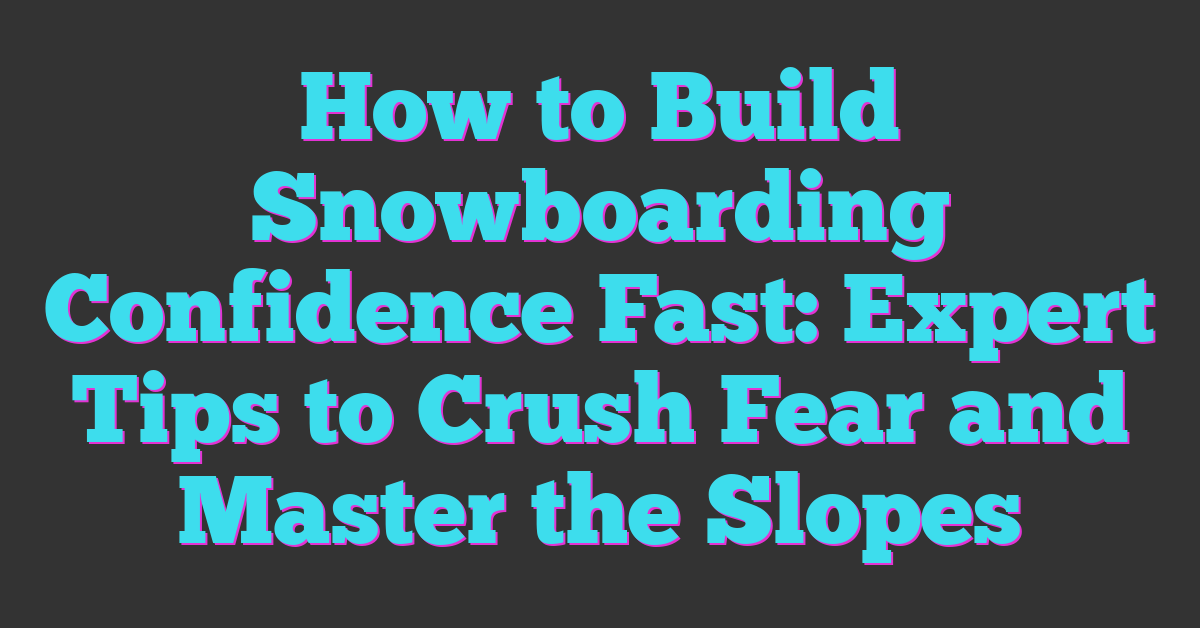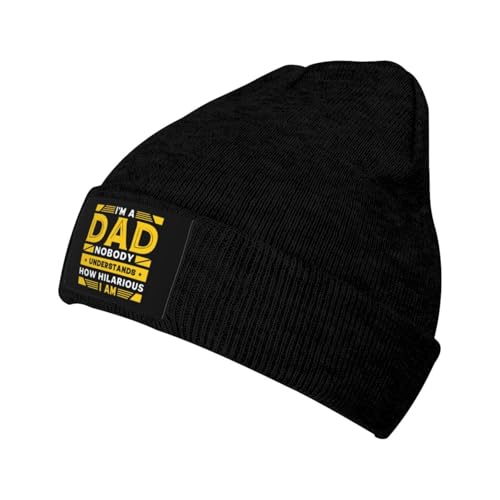Stepping onto a snowboard for the first time can feel a bit overwhelming. You might worry about falling or not keeping up with others on the slopes. But confidence is key to enjoying snowboarding and improving your skills. The good news is that you can build it step by step.

Whether you’re just starting out or trying to push past a plateau, gaining confidence doesn’t happen overnight. It’s about small wins, learning from each run, and trusting yourself more with every glide. With the right mindset and a few helpful tips, you’ll be carving down the mountain with ease before you know it.
Understanding Snowboarding Confidence
Confidence shapes your snowboarding experience, letting you tackle slopes with control and enjoyment. Knowing why confidence matters and the challenges beginners face helps you build that essential trust in yourself.
Why Confidence Matters on the Slopes
Confidence boosts your ability to control your board, maintain balance, and react to terrain changes. It reduces hesitation, which often leads to falls or injuries. Confidence lets you push past fear, try new techniques, and progress faster. Experienced riders stay relaxed and fluid because they trust their skills. Without confidence, you risk second-guessing every move, which drains energy and enjoyment.
Common Challenges Beginners Face
Beginners often struggle with fear of falling and uncertainty about controlling their speed and direction. Balancing on the board, especially on uneven snow, presents another hurdle. You might feel overwhelmed by the new equipment and unfamiliar movements. Managing the mental block of trusting yourself on steep or icy slopes also poses a real challenge. Recognizing these common struggles helps you accept them as part of the learning curve—and face them with patience and persistence.
Preparing Mentally and Physically
Building confidence starts with thoughtful mental and physical preparation. You’ll find progress steadier and more enjoyable when your mindset and body are ready for the challenges snowboarding presents.
Setting Realistic Goals
Start by setting clear, achievable goals that match your current skill level. Break down big milestones—like mastering your first turn or riding down a beginner slope—into smaller steps. Celebrate every small success to keep motivation high. Avoid rushing into advanced terrain until you feel comfortable with each new skill. Keeping your expectations realistic helps prevent frustration and builds steady confidence on the board.
Physical Conditioning for Snowboarding
Focus on exercises that improve balance, core strength, and leg endurance since snowboarding demands all three. Activities like squats, lunges, planks, and balance drills boost your stability on varied terrain. Incorporate cardio, such as running or cycling, to improve stamina for longer sessions. Stretch regularly to maintain flexibility and reduce injury risk. A strong, well-prepared body supports your confidence because you’ll handle the slopes with greater control and less fatigue.
Learning and Practicing Techniques
Mastering snowboarding techniques sharpens your skills and boosts your confidence on every run. Focused practice and guidance turn uncertain movements into smooth, controlled rides.
Taking Professional Lessons
Enrolling in professional lessons introduces you to proper form, essential safety practices, and expert feedback. Certified instructors tailor sessions to your level, ensuring you build a solid foundation from the start. You’ll gain valuable tips on stance, turning, and stopping that prevent bad habits and quicken your progress. Group or private lessons offer structured learning that accelerates confidence through clear goals and hands-on corrections.
Practicing Basic Maneuvers
Repetition of basic maneuvers strengthens muscle memory and control. Start with balancing exercises, heel-side and toe-side turns, and controlled stops on gentle slopes. Practicing simple moves like traversing across the hill and linking turns develops your feel for the board’s response. Frequent practice in varied conditions helps you adapt and reduces hesitation when speeding up or slowing down.
Progressing to Advanced Moves
Once basics feel natural, challenge yourself with advanced moves like carving, jumps, and switch riding. Mastery of these techniques pushes your limits and builds trust in your abilities. Progression demands breaking down complex moves into smaller parts practiced gradually. Recording yourself or seeking feedback during this phase highlights areas to refine. Each successful attempt increases your confidence and eagerness to tackle more challenging terrain.
Staying Safe to Build Confidence
Safety plays a major role in boosting your confidence while snowboarding. Feeling secure on your board and on the slopes lets you focus on improving your skills and enjoying every ride.
Importance of Proper Gear
Wearing the right gear protects you from injury and keeps you comfortable in cold conditions. Start with a helmet that’s well-fitted and certified for snow sports. Use wrist guards and padded shorts for added protection, especially when you’re learning new tricks or riding unfamiliar terrain. Invest in quality boots that fit snugly and offer strong ankle support to enhance control. Waterproof, insulated jackets and pants keep you warm and dry, allowing longer sessions without distraction. Goggles tailored to the lighting conditions improve visibility, reducing the chance of accidents. Keeping your gear in good shape means smoother rides and lowers injury risks.
Recognizing and Managing Risks
Know the terrain and weather before you ride to avoid unexpected hazards. Scan slopes for icy patches, steep drops, or crowded areas that may push your limits too soon. Use trail maps and observe posted signs to stay within your comfort zone, gradually expanding it with practice. If the weather turns harsh, wait it out—riding in poor visibility or heavy snow increases accident chances. Listen to your body; fatigue can slow reactions and cause mistakes. When you spot conditions or signs of overexertion that challenge your safety, pause or stop as needed. Managing risks this way keeps you on your board longer and builds confidence with each safe run you complete.
Building Confidence Through Experience
Experience builds confidence by turning challenges into familiar skills. Each ride on the slopes adds to your comfort and control, helping you trust your abilities more.
Riding with Friends and Supportive Groups
Riding with friends or supportive groups boosts confidence through shared encouragement and feedback. You learn faster when you observe others’ techniques and get tips in real-time. Friendly competition sparks motivation, pushing you to try new moves while feeling safe. Groups also provide a safety net—if you fall, you know help is close. Choose riders who match or slightly exceed your skill level to maintain steady progress and positive vibes.
Celebrating Small Victories
Celebrating small victories keeps motivation high and reinforces your progress. Every smooth turn, successful stop, or landing from a small jump counts as a win. Record these milestones, either mentally or through photos and videos, to see tangible proof of your growth. Acknowledge these achievements openly, whether through sharing with friends or reflecting after a session. Recognizing improvement helps shift your mindset from fear to excitement, making each trip to the slopes more rewarding.
Conclusion
Building your snowboarding confidence is a journey that’s all about patience and persistence. Every small step you take on the slopes brings you closer to feeling more in control and enjoying the ride.
Remember, it’s normal to face challenges along the way, but with practice, support, and a positive mindset, you’ll find yourself tackling new moves with excitement rather than fear. Keep celebrating your progress, stay safe, and most importantly, have fun out there!
















